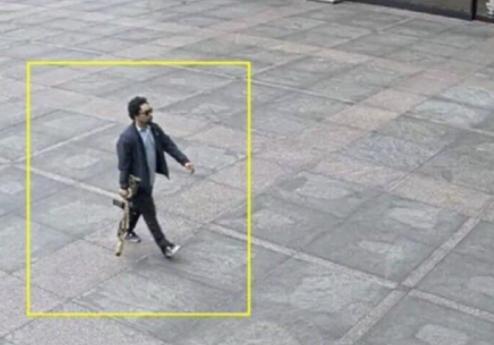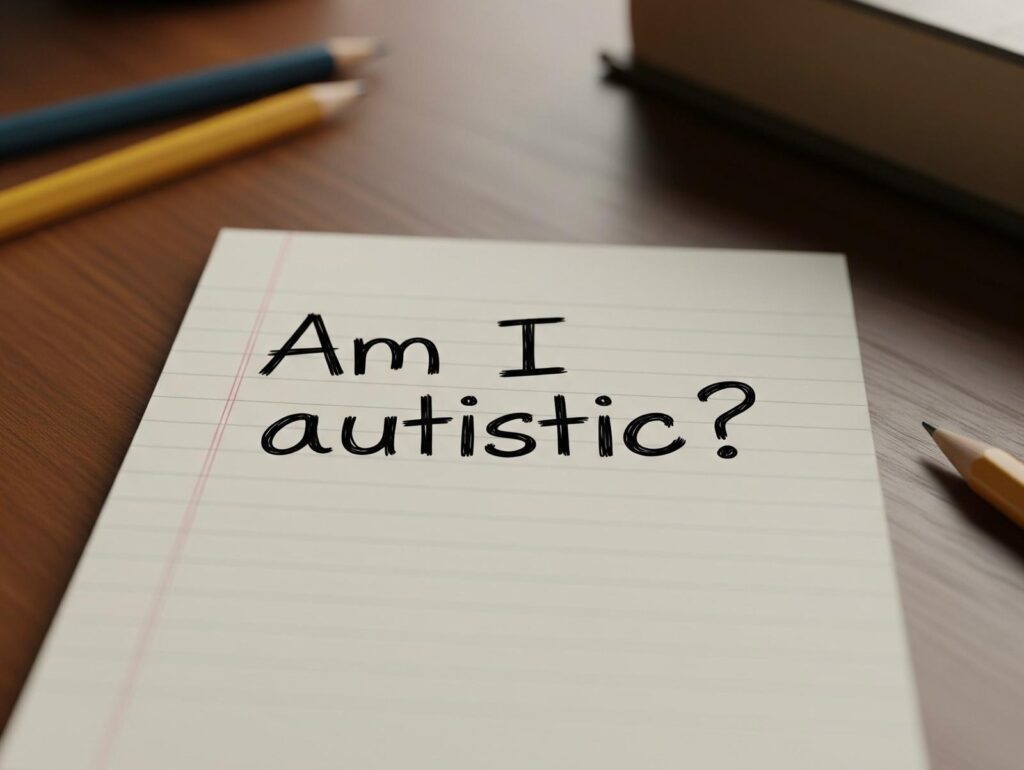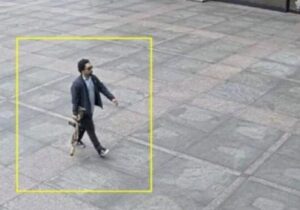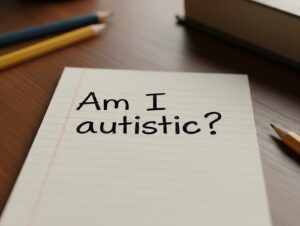The “cheerleader effect” refers to a cognitive bias where individuals appear more attractive in a group than in isolation. This intriguing phenomenon, which has garnered attention both in academic circles and popular media, suggests that our social perception mechanisms are influenced by the context in which we observe others. This article delves into the psychological underpinnings of the cheerleader effect, supported by scientific research, to explore how and why this phenomenon occurs.
Understanding the Cheerleader Effect
First coined by the popular sitcom How I Met Your Mother, the cheerleader effect has been subject to scientific scrutiny to determine its validity and mechanisms. Walker and Vul (2014) in Psychological Science provided empirical evidence for the cheerleader effect, demonstrating that individuals’ faces are perceived as more attractive when presented in a group compared to alone. This effect is thought to arise from the way our brains process visual information and make social judgments.
Mechanisms Behind the Phenomenon
Averaging Theory: One explanation for the cheerleader effect is based on the averaging theory. When viewing faces in a group, our brains average the features of all faces, smoothing out anomalies and irregularities. This averaged face is typically more attractive than individual faces due to the preference for average features in human attractiveness judgments (Langlois & Roggman, 1990, Psychological Science).
Visual Field Processing: Another mechanism relates to how we process visual fields. Studies suggest that viewing faces in a group reduces the emphasis on individual features and instead leads us to assess the group as a whole. This holistic processing can enhance perceived attractiveness by diluting less attractive features with the presence of more attractive ones (Humphrey, G.K., et al., 1977, Perception & Psychophysics).
Social Dynamics: The social aspect of the cheerleader effect posits that individuals in groups are perceived as having better social qualities, such as sociability and extroversion, which can increase attractiveness. Being part of a group may signal social desirability, thereby boosting the perceived attractiveness of its members (Van Osch, Y., et al., 2015, Frontiers in Psychology).
Implications of the Cheerleader Effect
Understanding the cheerleader effect has implications for social psychology, marketing, and even online dating. It suggests that social perception is not only about the physical attributes of individuals but also how those attributes are presented within social contexts. For instance, profiles with group photos might be perceived as more attractive in online dating scenarios.
Critiques and Limitations
While the cheerleader effect provides fascinating insights into human perception, it also raises questions about individual differences in attractiveness judgments and the universality of this effect across different cultures and social settings. Further research is needed to explore these aspects and to understand how deeply rooted social and psychological factors influence our perceptions of attractiveness.
Conclusion
The cheerleader effect highlights the complex interplay between individual features and social context in shaping our perceptions of attractiveness. By understanding the psychological mechanisms behind this phenomenon, we gain insights into the broader principles of social perception and attractiveness judgments.
References
- Walker, D., & Vul, E. (2014). Hierarchical Encoding Makes Individuals in a Group Seem More Attractive. Psychological Science.
- Langlois, J.H., & Roggman, L.A. (1990). Attractive Faces Are Only Average. Psychological Science.
- Humphrey, G.K., et al. (1977). On the Recognition of Faces in and out of Context. Perception & Psychophysics.
- Van Osch, Y., et al. (2015). A Different View on the Checkerboard? Altercentric Bias Does Not Replicate in a Non-Binary Group Perception Task. Frontiers in Psychology.
How to get in touch
If you or your patient/NDIS clients need immediate mental healthcare assistance, feel free to get in contact with us on 1800 NEAR ME – admin@therapynearme.com.au.
Discover more from Therapy Near Me
Subscribe to get the latest posts sent to your email.






